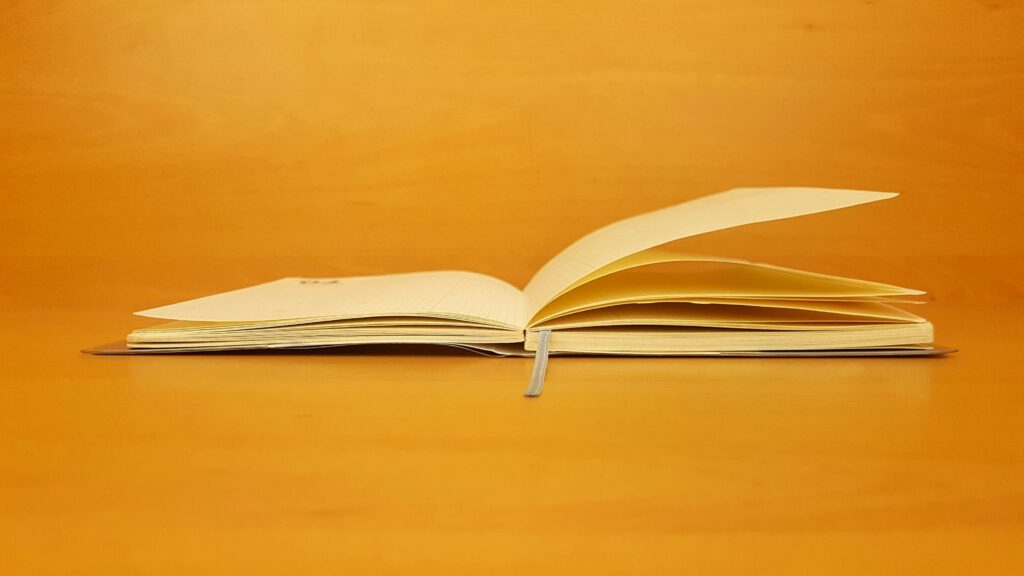As a student pilot, your logbook quickly becomes one of your most important tools — not just to track progress, but to prove your experience, document training, and eventually qualify for checkrides/ skills tests and licenses. But if you’ve never filled one out before, it can be a little intimidating.
This guide walks you through the basics of pilot logbooks, what to log, and how to keep things clean from day one.

What Is a Pilot Logbook?
A pilot logbook is an official record of your flight training and experience. You’ll use it to log every flight. The FAA/ CAA requires it for certifications and currency, and examiners will review it during your skills test/ check ride.
As a student pilot, you’ll typically log:
- Dual instruction (flights with your instructor)
- Solo flights
- Cross-country flights
- Night flying (if applicable)
What Needs to Be Logged?
The CAA/ FAA requires you to log any flight time that’s being used toward a certificate, rating, or to meet recent flight experience requirements. Here’s what to include for each entry:
- Date – departure and arrival date and time
- Aircraft type and registration – aircraft type such as C150, PA28 and registration G-ABCD
- Flight time (total, dual, solo, etc.) – this one is important, your flight school will advise on what is the start and end of the flight. Some use ‘wheels off’ while others use block to block time. The vital importance is logging if the flight is dual (with an instructor) or solo (flying alone).
- PUT – this is ‘Pilot under tuition’ time, dual with an instructor.
- P1 – this is in command time, typically solo when training.
- Departure and destination airports – For clarification later it is good practice to use the ICAO code for the airport, e.g. EGKB Biggin Hill or KLAX Los Angeles. When using a digital logbook you’ll be able to search for these locations. If it is a non-listed site you can add a custom location in DigiPlog.
- Flight conditions (day/night, cross-country, instrument) – your time across day and night is important for your day/night totals. More on day/night time below.
- Instructor signature (for dual instruction)
- Remarks (brief summary of what you practiced)

Day/Night Time
One of the most confusing parts of logging time as a student pilot is figuring out when to log time as “day” or “night.”It’s not just about when it looks dark outside — the FAA/ CAAhas a specific definition.
More detailed definitions here.
Day
Any time that occurs between the beginning of morning civil twilight and the end of evening civil twilight is considered day.
Night
Night is defined as the time between the end of evening civil twilight and the beginning of morning civil twilight.This is the time you log as “night flight time” in your logbook.
Why It Matters
- If you take off just after sunset, that doesn’t automatically count as night time.
- You can’t log night flight time until after evening civil twilight ends.

Should You Use a Digital Logbook?
While traditional paper logbooks are still valid, many student pilots are switching to digital tools for ease, accuracy, and backup. A digital logbook lets you:
- Log entries from your phone or tablet
- Automatically total flight hours
- Export reports for certifications or insurance
- Prevent mistakes
If you’re considering going digital, tools like DigiPlog are designed to keep things simple for new pilots — while still giving you the clean, accurate record you need.
Final Tips for New Pilots
- Start logging from your very first flight
- Keep a backup of your records (especially solos and endorsements)
- Ask your instructor to review your logbook every few flights
- Be consistent in how you fill out each entry


Captain, take charge of your logbook